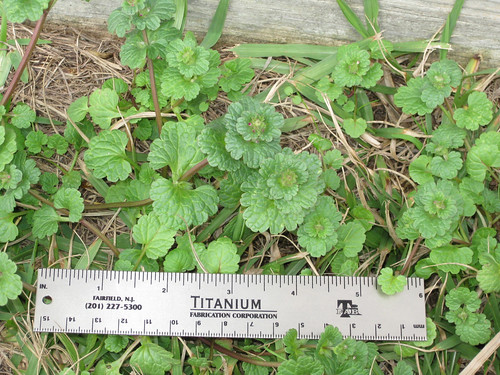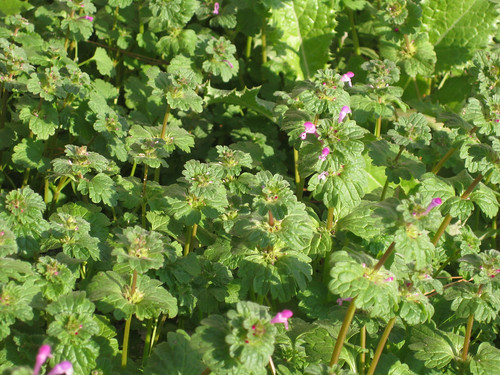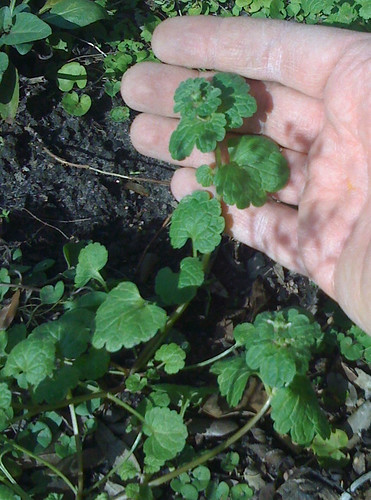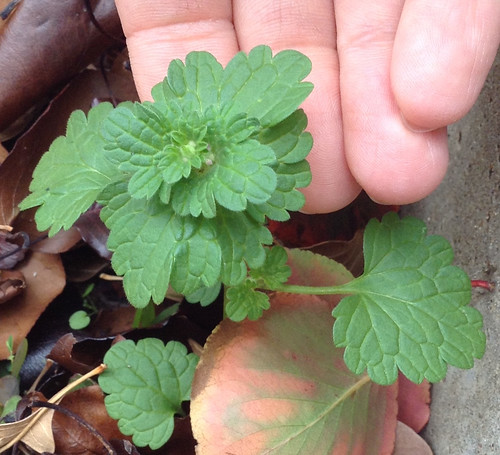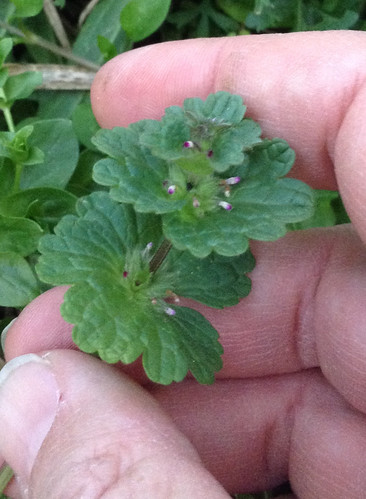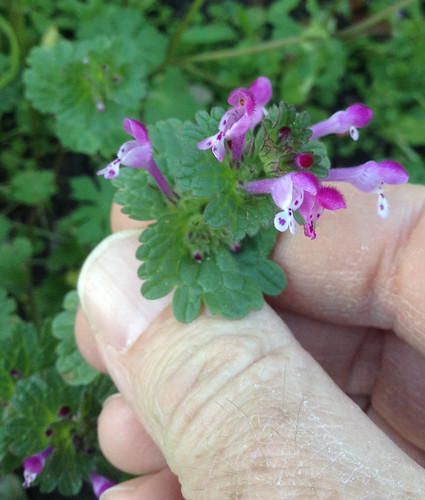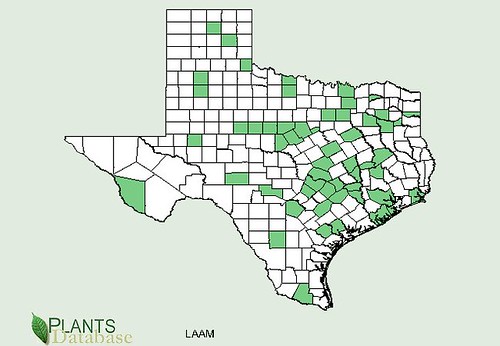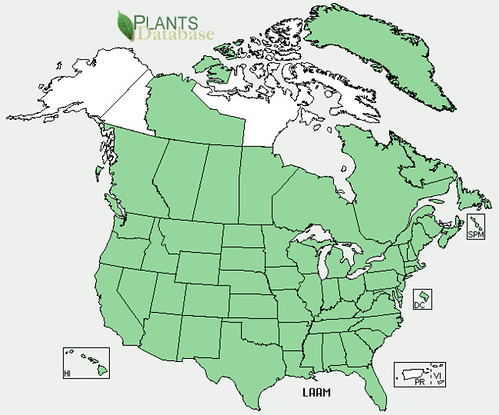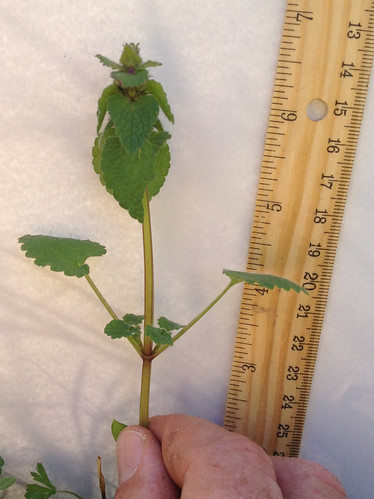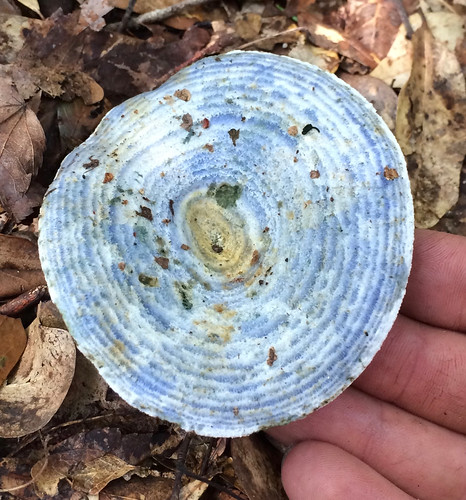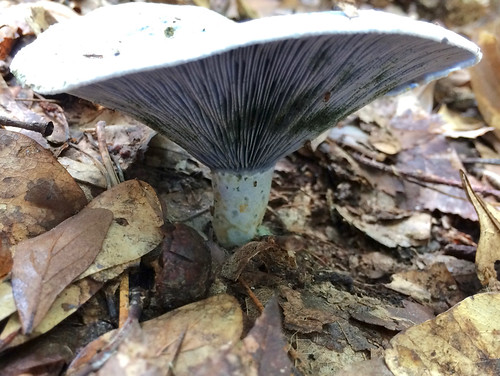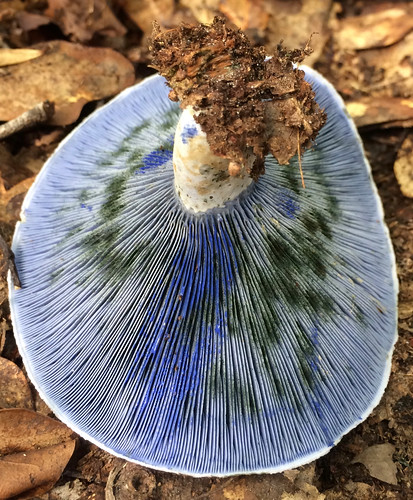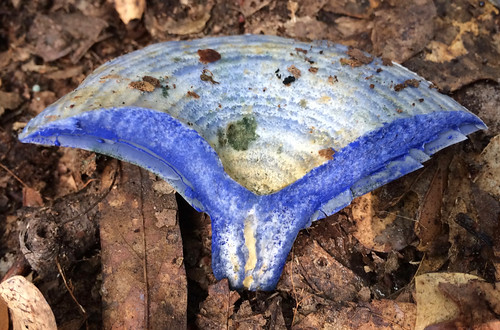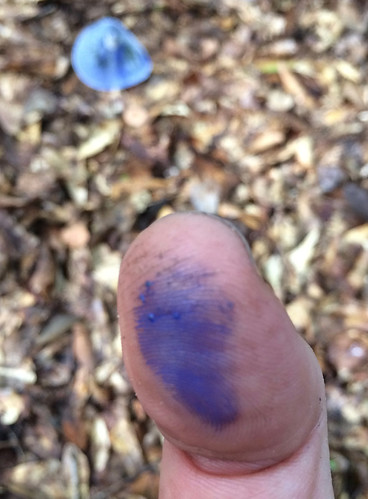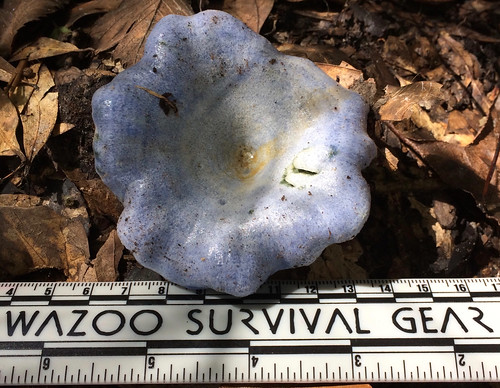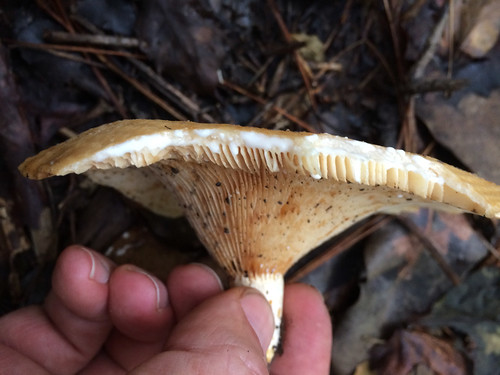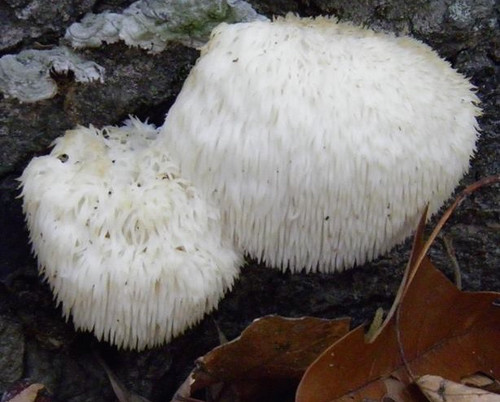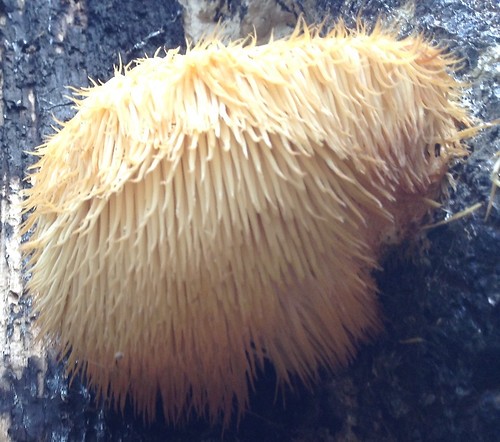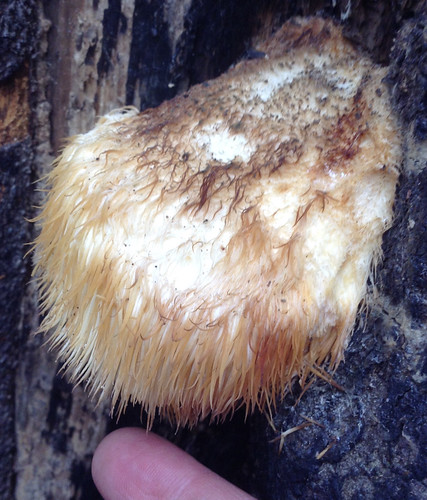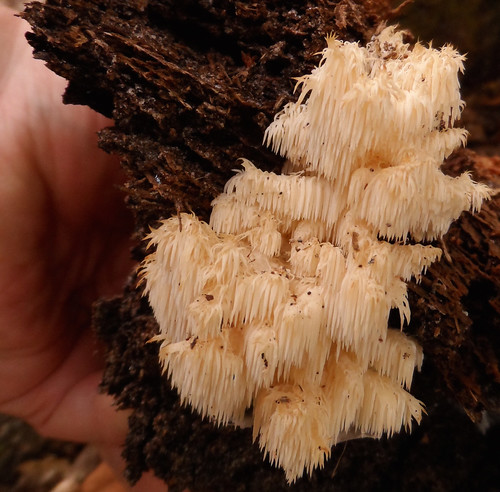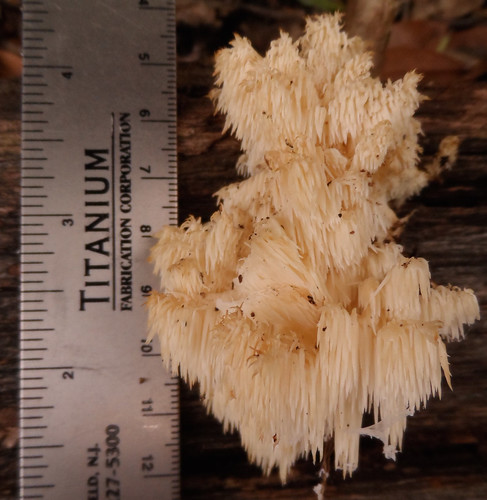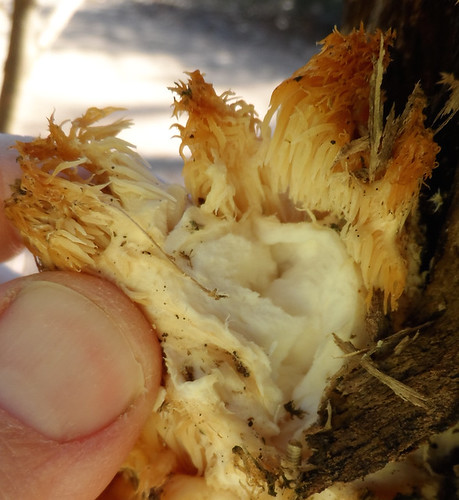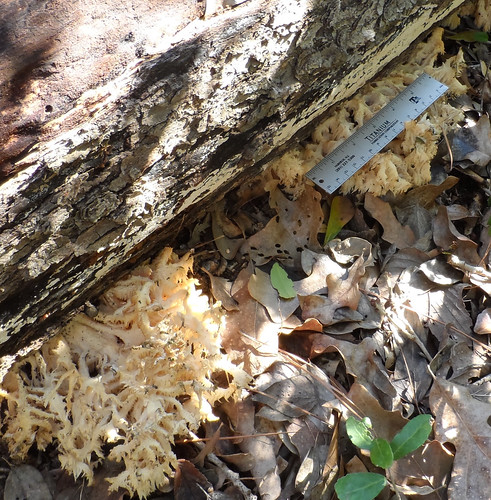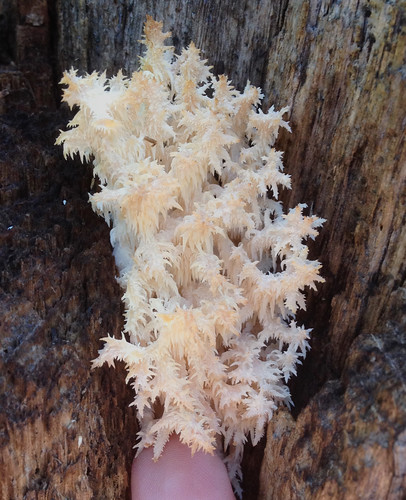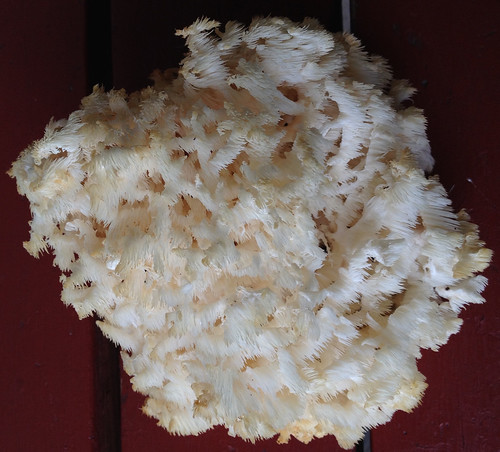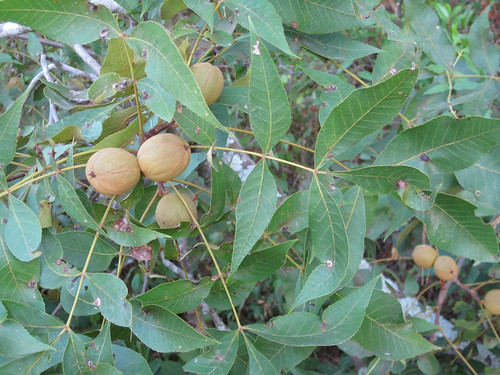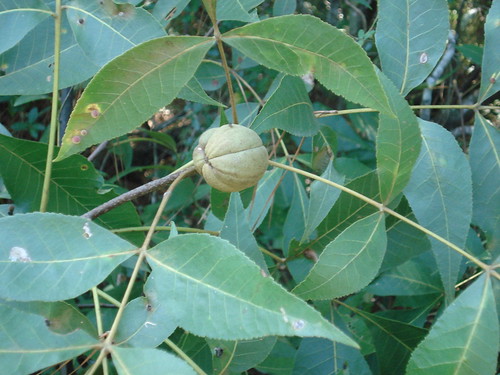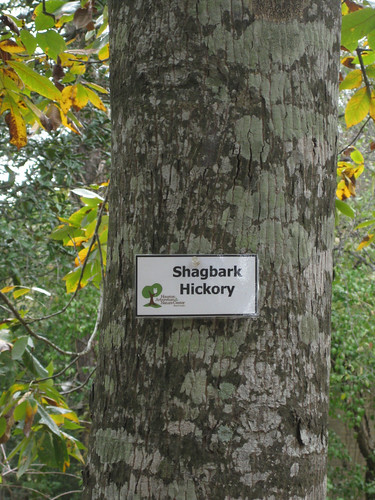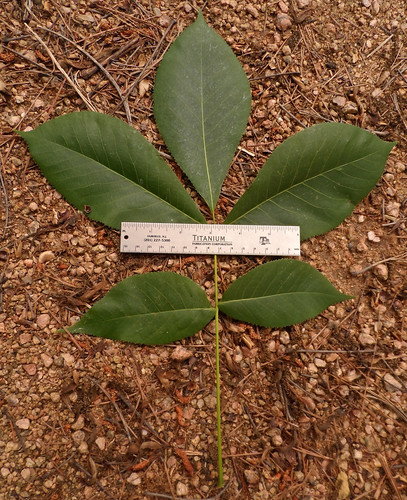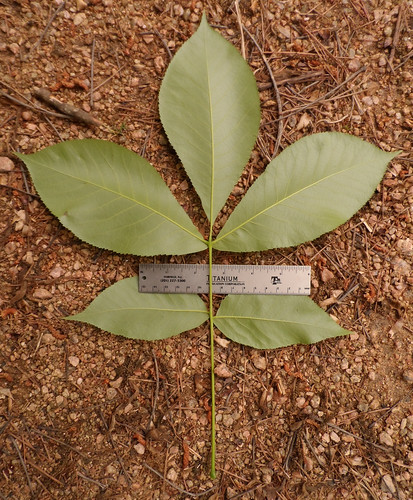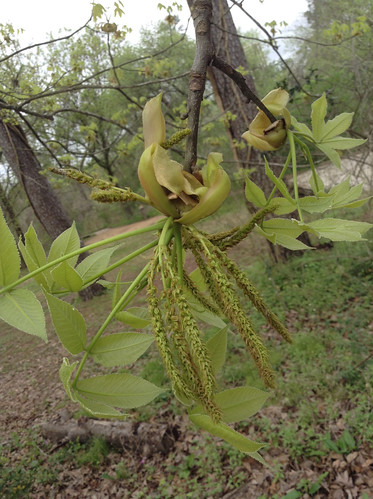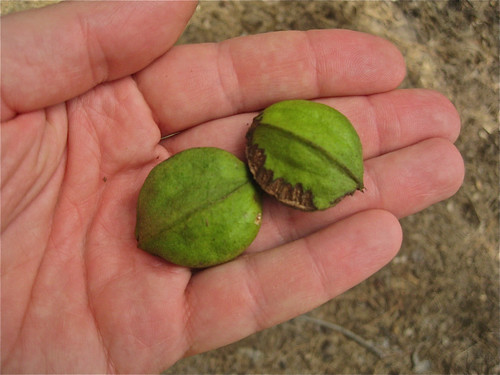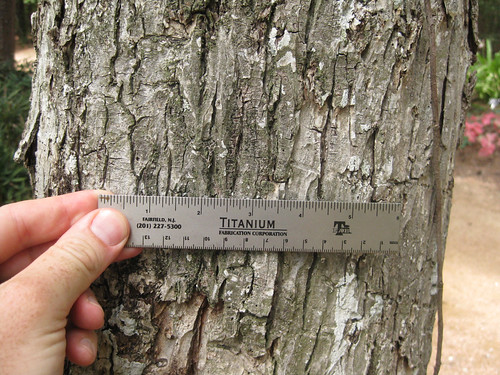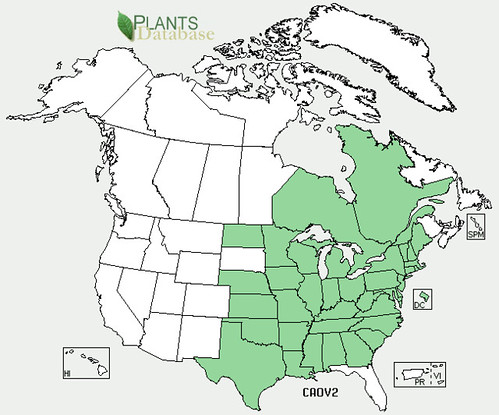Scientific Name(s): Fomes fomentarius
Abundance: uncommon
What: mushroom
How: infusion medicinally, smoke to repel mosquitos, inner layer to catch a spark
Where: woods
When: winter, spring, summer, fall
Nutritional Value: not applicable
Dangers: not eaten, but infusion is used internally and externally to fight infections
COLLECTING MUSHROOM REQUIRES 100% CERTAINTY. WWW.FORAGINGTEXAS.COM ACCEPTS NO RESPONSIBILITY FOR IDENTIFICATION ERRORS BY ANY READERS.
Growth Form: Fomes fomentarius typically grows solitarily, forming perennial, woody growths on trees shaped somewhat like a horse's hoof.
Cap Shape and Size: The cap is hoof or fan-shaped, ranging from 2 to 20 inches across. It has a hard, woody texture and is gray to brown in color, often with concentric zones of color.
Gills or Pores: This species has pores on the underside, which are small and round. The pore surface is usually white to brown.
Stipe Characteristics: Fomes fomentarius lacks a distinct stipe; it attaches directly to the tree with a broad, lateral attachment.
Odor: This fungus may have a "mushroom" smell.
Bruising: The flesh is too tough and woody to show bruising.
Spore Color: The spore print is white to light brown.
Substrate and Habitat: Commonly found on hardwoods, particularly birch, but can also be found on other trees.
Other Characteristics: Can continue to grow over several years, resulting in growth bands with a darker strip at the base of each growth band.
Tinder (Hoof) mushrooms on a dying tree.
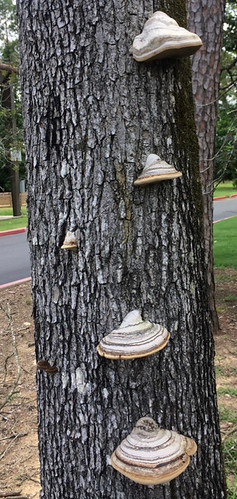
Side view. Note the layers and gray color.
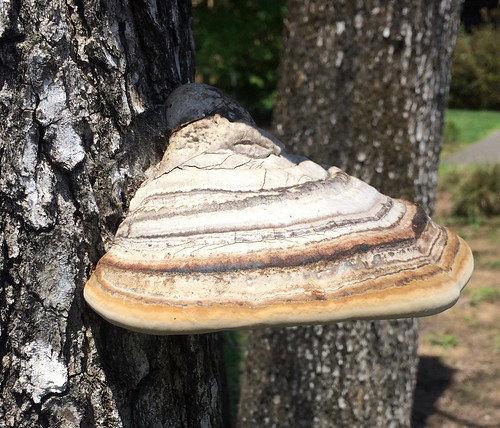
Top-angled view. The greenish color near the top is from mildew.

Looking at the underside, note the tiny holes aka pores. This is in the class of polypore mushrooms.
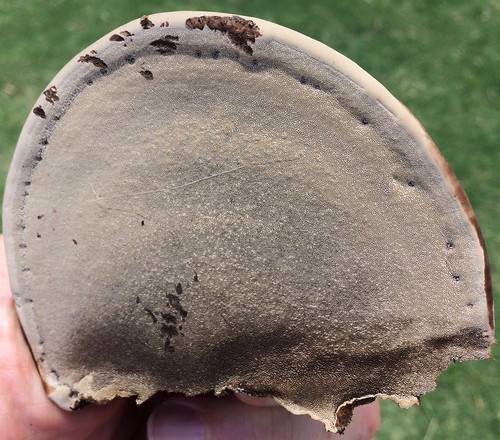
Though oddly shaped, this is still a tinder/hoof mushroom.

Cut in half, the lower, dark section consists of hundreds of tightly packed tubes and the upper, brown section is called "amadou".
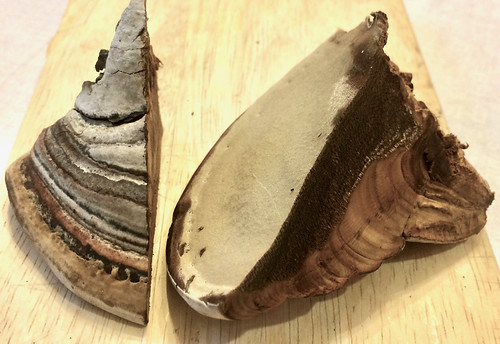
The amadou layer will catch a spark from flint and steel.

Tinder hoof mushrooms are one of several different shelf polypore mushrooms found on dead/dying trees. The distinguishing characteristics of these is the layers of grow that result in a thick/tall mushroom rather than a large fan shape. These can be found any time of the year on Texas trees, preferring hardwoods such as oaks, hickories, maples, elms, and sweet gums to pine, cedar, or cypress. The use of these mushrooms can be traced back thousands of years, even being part of Otzi, the Alps caveman corpse's kit.
Hoof mushrooms have several main uses, one of which is medicinal and the others are bushcraft. An infusing made from fresh or dried hoof mushrooms by boiling a tablespoon of chopped-up mushroom in a cup of water produces a strong broth with both antibacterial and antiviral properties. This broth can be drunk to fight internal infections as well as a wash for infected wounds.
This mushroom has some awesome bushcraft use, the first being it's one of the few natural products that will catch a spark, hence the name tinder mushroom. The inner, fibrous "amadou" layer, when dried can be used to start fires from any spark or ember generating source such as flint and steel, flint on quartz, firesteel, or fire-bows. The amadou is pounded into a flat fabric that has lots of fuzzy fiber ends to catch fire.
If you already have a fire going but want to transport the fire elsewhere, hoof/tinder mushrooms will smolder for a long time if ignited. Packed in so moss, you now have a hot coal you can carry with you to start a fire at the next campsite without the effort and uncertainty of making a fire from scratch.
The amadou also has a history of being pounded into a felt-like material used to make clothing and bags. It'll take a lot of mushrooms to get a decent-sized piece of fabric to cover yourself but fewer if you're okay with being indecent. If you look on Etsy.com you can find amadou hats and other gear, though I can't vouch they're made from real amadou.
Buy my book! Outdoor Adventure Guides Foraging covers 70 of North America's tastiest and easy to find wild edibles shown with the same big pictures as here on the Foraging Texas website.
